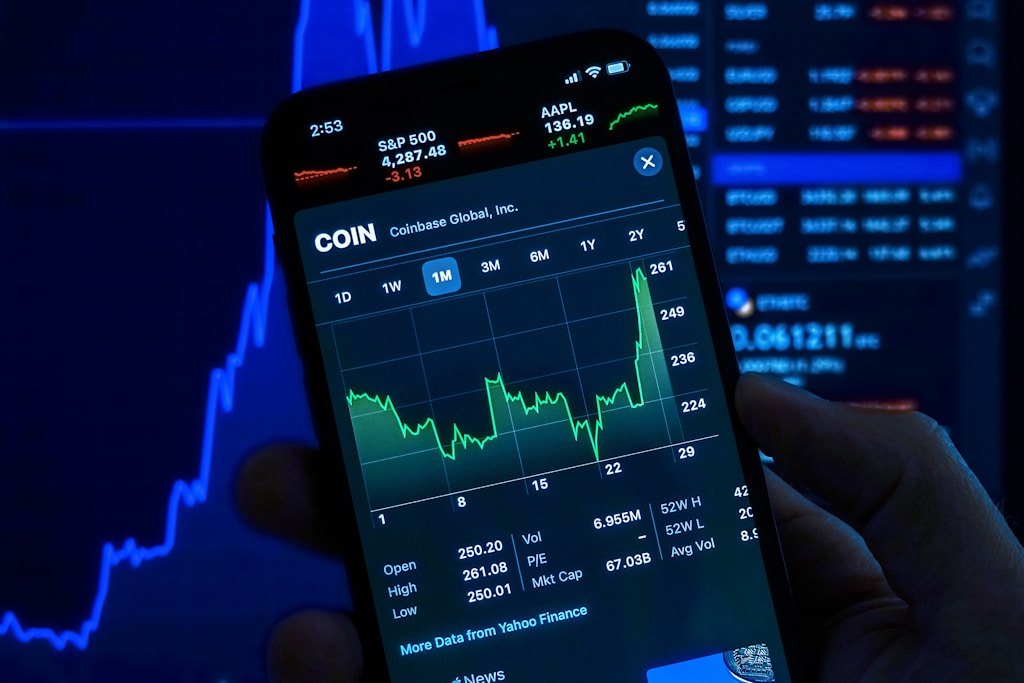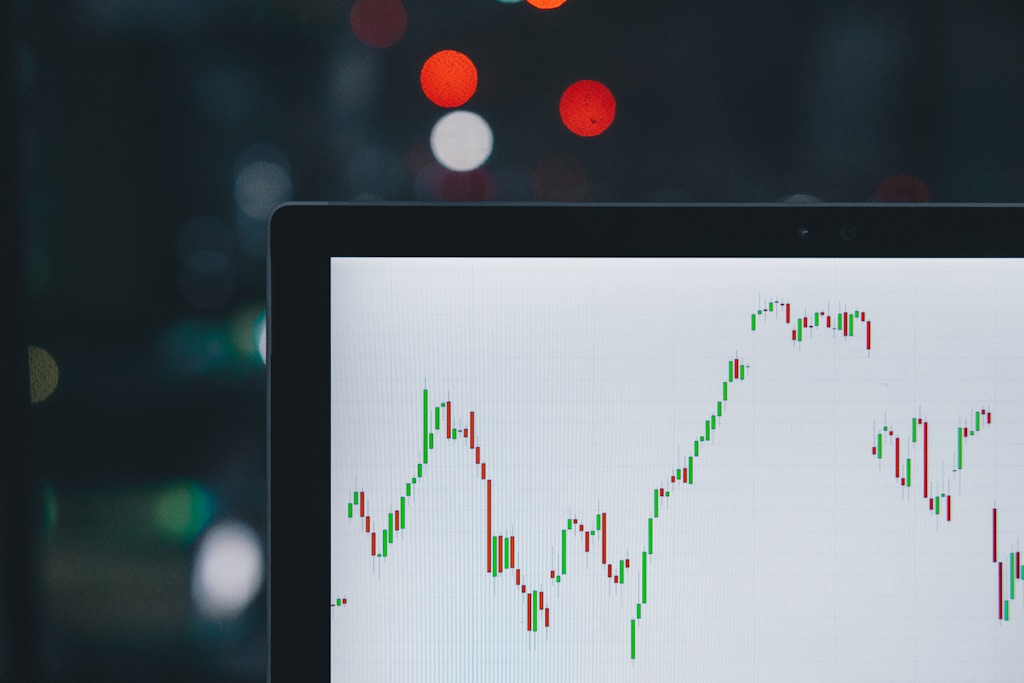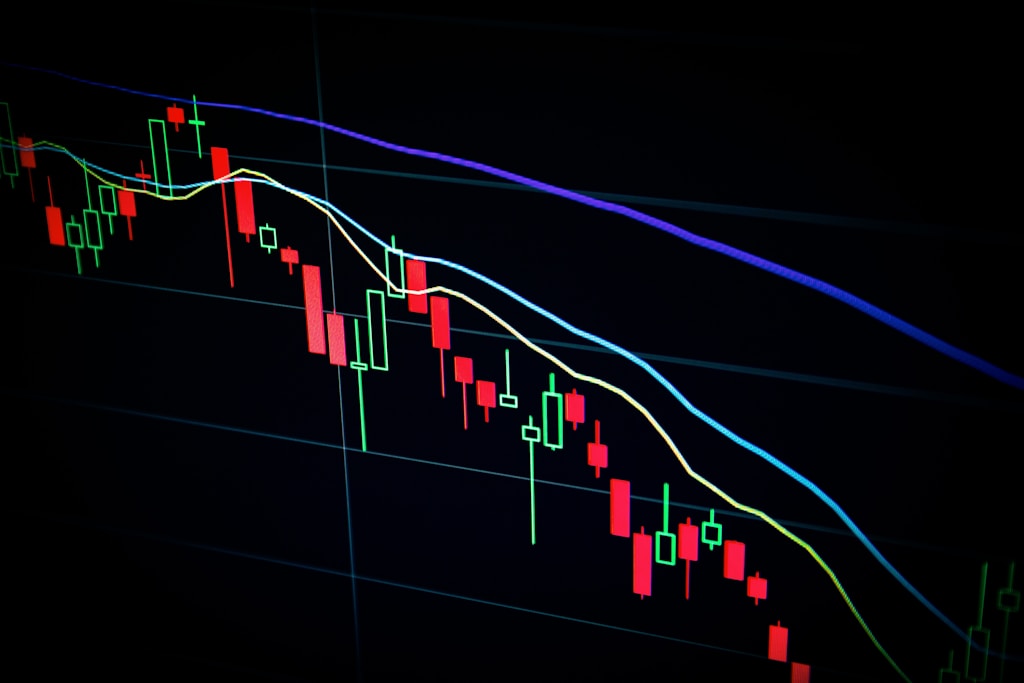A high-stakes crypto trader has captured the market’s attention with an unprecedented $1 billion bet on Bitcoin’s continued upward momentum. James Wynn, a seasoned cryptocurrency trader, has deployed a massive leveraged position that could signal strong bullish sentiment in the market.
Breaking Down the Billion-Dollar Bitcoin Bet
On May 21, 2025, Wynn’s position reached approximately $1 billion on Hyperliquid, a decentralized perpetual futures exchange. The position was built using $20 million in personal capital with 40x leverage, demonstrating both the opportunities and risks in today’s crypto markets. As Bitcoin recently touched new all-time highs above $111,000, Wynn has already begun taking profits, reducing his position to around $800 million.
SPONSORED
Experience professional-grade leverage trading with advanced risk management
Risk Management and Position Details
The position’s entry price was approximately $108,084, with a liquidation level set just below $103,640. This strategic positioning has already generated unrealized profits exceeding $40 million. However, significant resistance levels around $111,000 could present challenges for further upside.
Market Context and Analysis
This massive position comes amid strong institutional interest in Bitcoin, with Polymarket data suggesting a 64% probability of Bitcoin reaching $115,000 in May. Standard Chartered analyst Geoff Kendrick has projected even higher targets, suggesting Bitcoin could surpass $120,000 by July 2025.
Trading History and Credibility
Wynn’s track record includes a successful prediction of the Pepe memecoin surge to $11 billion market cap in 2024, resulting in eight-figure profits. This history of successful trades lends credibility to his current position, though the scale of this bet has drawn both praise and concern from market observers.
Market Impact and Liquidity Considerations
The size of Wynn’s position raises questions about market impact and potential slippage, particularly on decentralized exchanges like Hyperliquid. Rapid position unwinding could face liquidity constraints, potentially affecting market prices.
FAQ Section
- What is the maximum profit potential of this trade?
Based on Wynn’s target of $115,000-$118,000, the position could generate profits exceeding $100 million. - What happens if Bitcoin price drops suddenly?
A drop below $100,850 could trigger liquidation unless additional capital is added to maintain the position. - How does this compare to other large crypto trades?
This represents one of the largest single-trader positions in 2025, particularly on decentralized exchanges.
As the market watches this bold position, it serves as both a testament to the growing maturity of crypto trading infrastructure and a reminder of the substantial risks in leveraged trading. Whether Wynn’s billion-dollar bet pays off could have significant implications for market sentiment and trading patterns in the coming weeks.





